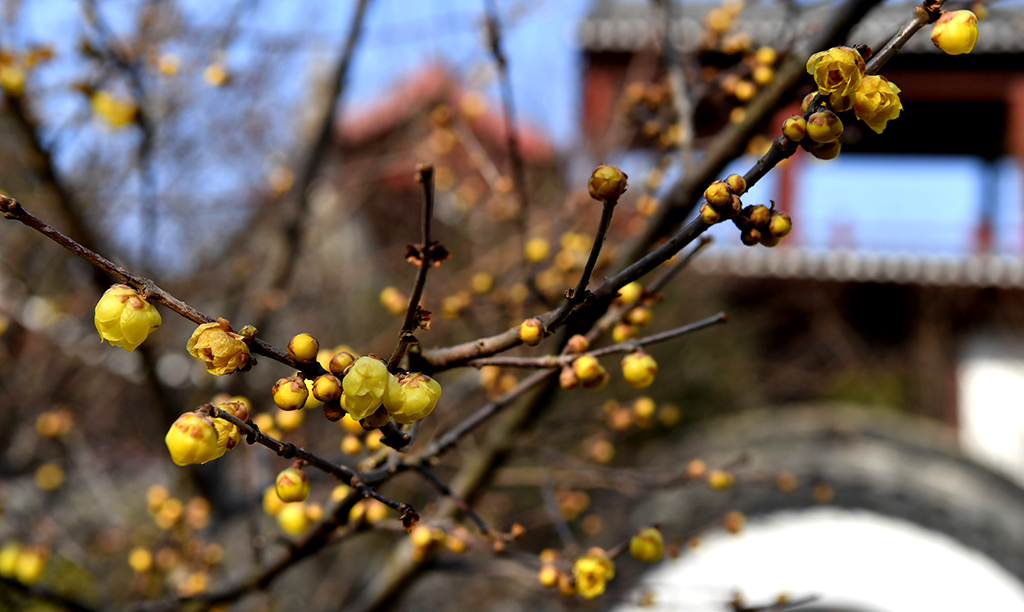Teachers in town offer lifeline to rural schools

Song Juanli teaches pupils at Shanwang Primary School to sing. [Photo/China Daily]
Improved facilities
Funding for education has grown, rising by 8.41 percent year-on-year in 2018, according to the Ministry of Education.
Rural school facilities in Longcheng have also been improved, with campuses renovated. Multimedia devices and internet access have been provided.
However, there is still a severe shortage of teachers in general.
In 2015, some 64 percent of the 13,000 primary and middle schools in Gansu had fewer than 100 students, with 219 schools each having only one student and one teacher at each of 1,190 schools, according to the provincial education authorities.
In Longcheng, nine rural schools are attended by no more than 30 students.
The central government stipulates that there must be one teacher for every 19 students at a primary school, but it is difficult for many rural schools to meet this requirement.
According to a study in 2016 by Liu Shanhuai, a professor at the Faculty of Education at Northeast Normal University in Changchun, Jilin province, nearly 50 percent of the rural schools nationwide had fewer than one teacher per class on average.
The study found that three out of four rural teachers had to take at least two subjects, and more than 40 percent of them taught at least four. The heavy workload undermined the quality of Chinese and math lessons, and the need for music, PE and art classes was barely addressed.
Wang Liwei, the researcher, said the small number of pupils attending rural schools may give them the edge over urban students when it comes to in-depth exchanges with teachers and to instructing students based on their ability.
More than 50 percent of rural elementary schools with a small number of students nationwide were shut down from 2000 to 2010, according to the Ministry of Education.



